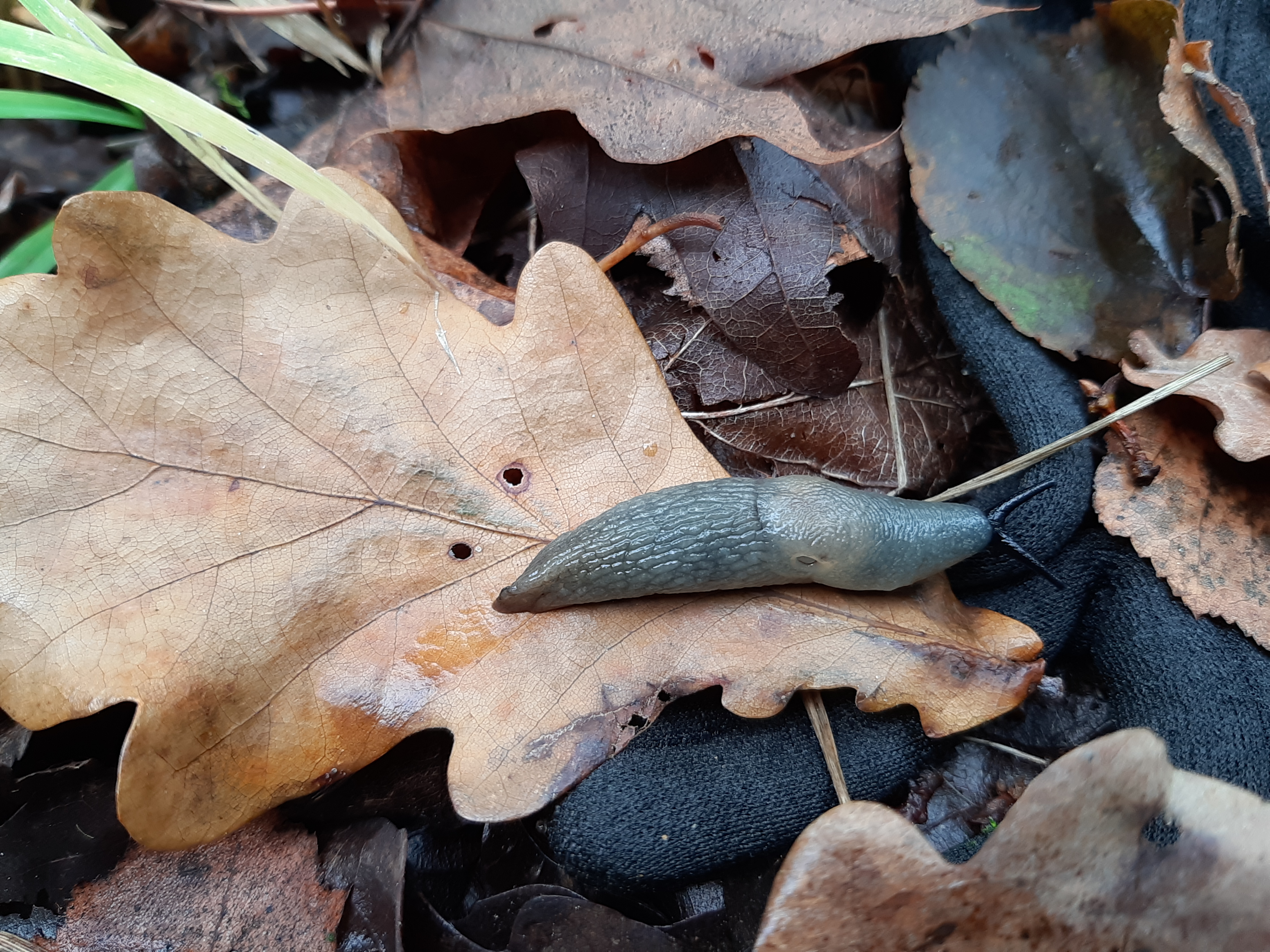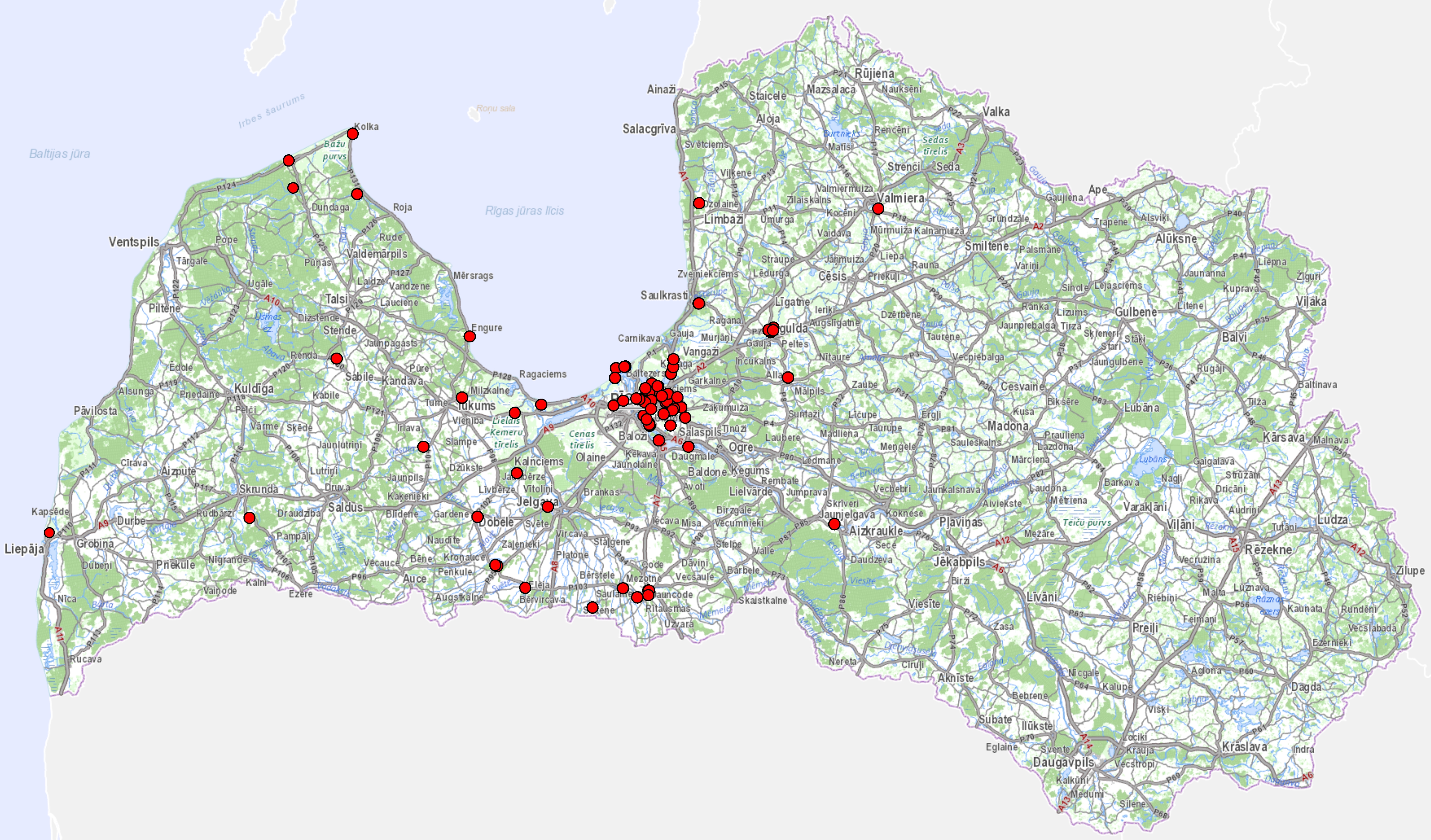
Autumn is a period when people more often notice and look for answers to a question – what slug is this? One of these slugs is the black-headed slug Krynickillus melanocephalus. It is rather small, 3.5-5 cm long, greyish slug with black head. Why we should pay attention to this rather plain-looking animal?
The natural distribution area of Krynickillus melanocephalus is Caucasus region, Crimea, north-east Turkey and northern Iran, but since the end of last century it has started to spread around Europe and in year 1997 for the first time it has been found also in Latvia. In European countries it has been recognised as a foreign species and in Latvia – as an invasive species.
Krynickillus melanocephalus spreads mainly with the mediation of humans – with plant seedlings – both sellers and buyers contribute to their distribution. In Latvia up until now there are no significant news about the damages made by Krynickillus melanocephalus, but in other countries it has been recorded as a pest for different cultivated plants – lettuce, cabbage, pumpkin, courgette and strawberries.
In wild Krynickillus melanocephalus can be found in moist places under rocks, decaying trees and in ground vegetation in deciduous forests. In Latvia this species mainly can be found close to human populated areas – in gardens, parks, cemeteries and other places, but pretty often also in natural habitat forests and in grasslands in river valleys. Eggs are shed in moist soil, where they or the new specimens are wintering. Adult slug stage is reached at the end of July and in autumn, after shedding eggs, they die.
There is no information about natural enemies for Krynickillus melanocephalus. It is possible, that one of them is hedgehog. But the distribution of foreign species often threatens both local species and cultivated plants. That is why foreign species that become or could become invasive must be restricted. The restriction activities for Krynickillus melanocephalus are not simple – agrotechnical tending of soil and compost heaps have to be carried out, slug traps with bait (for example, beer) can be used, but the most effective way is a regular collection of slugs by hands. Even though there are poisons (molluscicides) available, that block the physiological processes in slugs, disturbing feeding processes and thus causing death, however use of them is not recommended, because poison kills all snails, and also could affect the health of other organisms, including human.

Photo: Distribution of Krynickillus melanocephalus in Latvia (map created according to www.dabasdati.lv and other, unpublished materials).
Have you also seen this slug? Write to www.dabasdati.lv and stop its further distribution!


